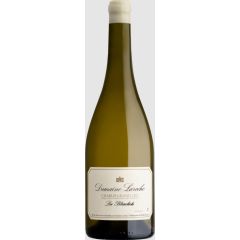
Rosé
When rosé wine is the primary product, it is produced with the skin contact method. Black-skinned grapes are crushed and the skins are allowed to remain in contact with the juice for a short period, typically two to twenty hours. The grape must is then pressed and the skins discarded, rather than left in contact throughout fermentation (as with red wine making). The longer the skins are left in contact with the juice, the more intense the color of the final wine.
The aromas and flavor of rosés are primarily influenced by the particular grape varieties used to produce the wine, but the method of production also plays an important part. The light, fruity character of many rosés come from volatile thiols that are found as flavor precursors in the grape skins. These are extracted from the grape skins during maceration but are less likely to be extracted at temperatures below 20 °C (68 °F).









